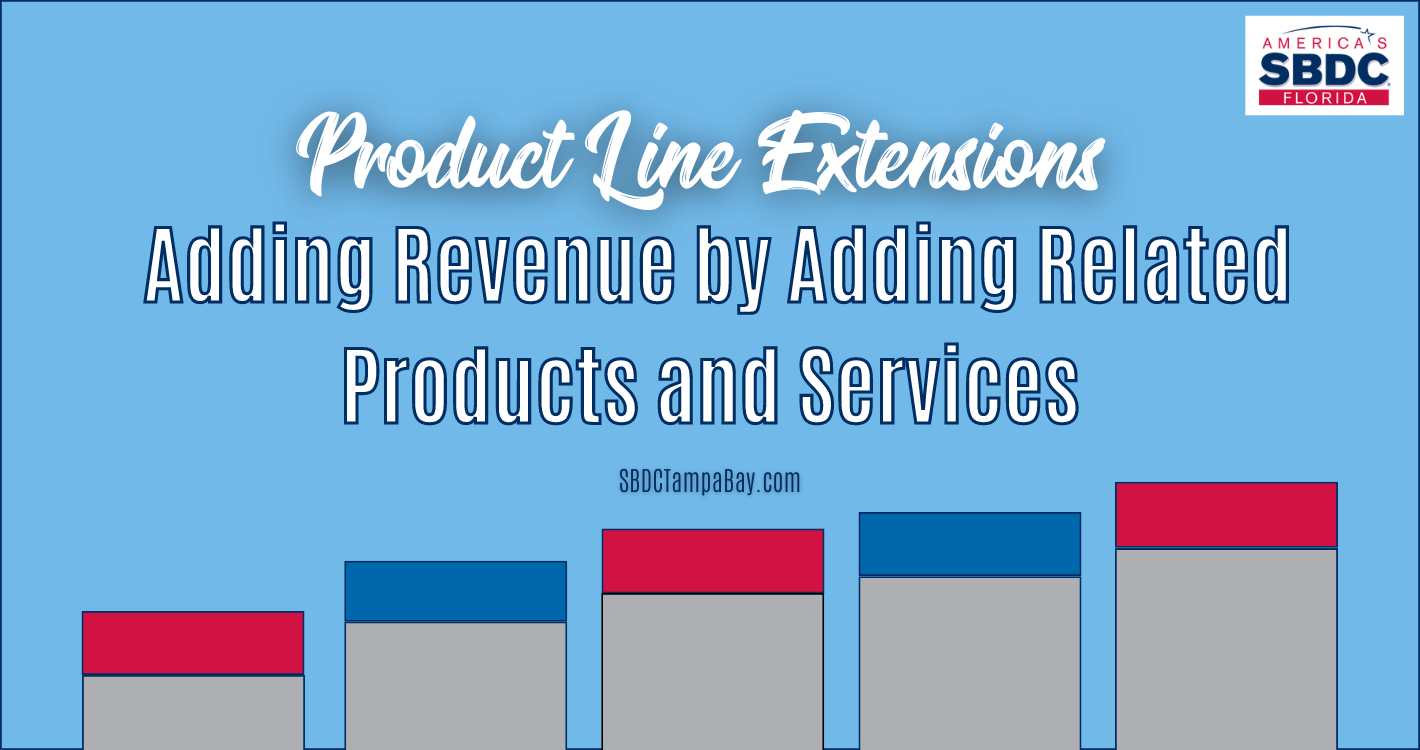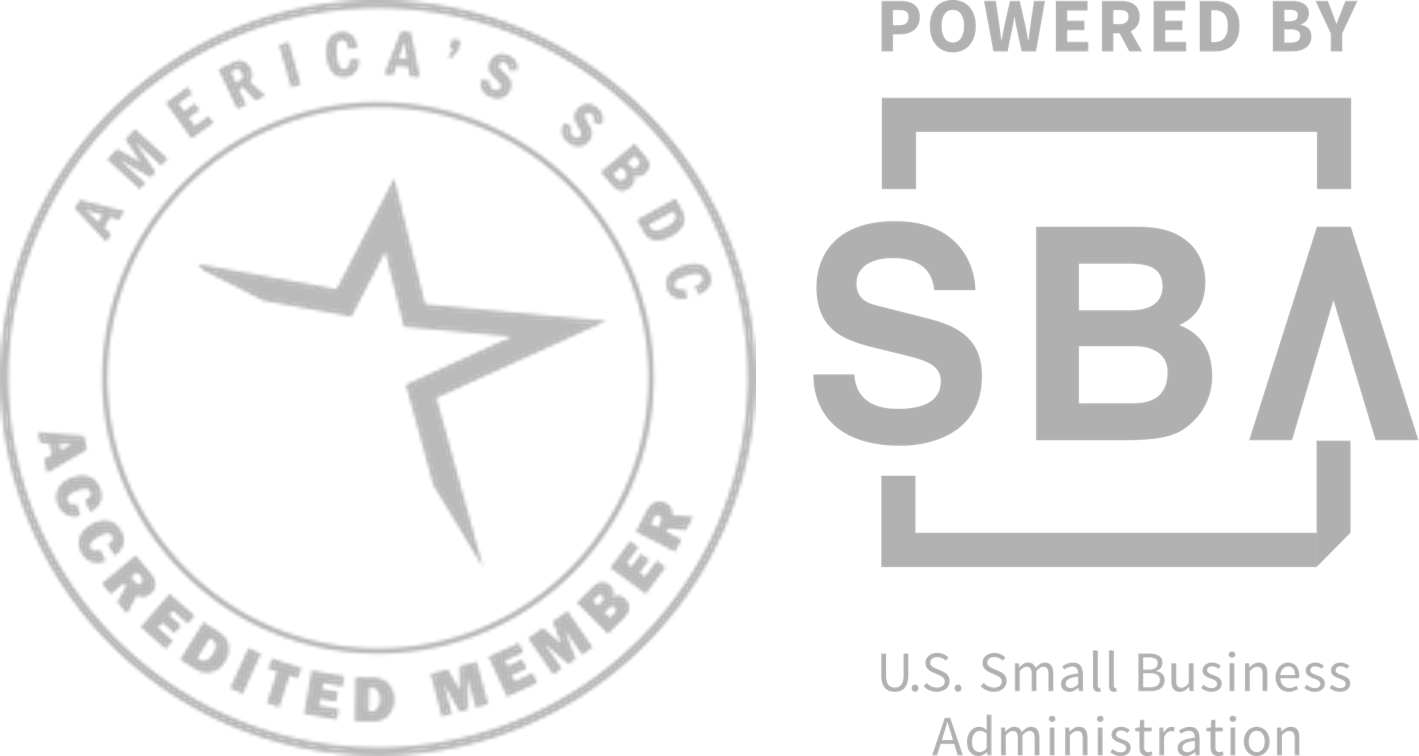Product Line Extensions – Adding Revenue by Adding Related Products and Services
by Christine Jaros | July 18, 2022
So, you’ve spent all this time and money developing your ideal product/service offering, and customers are buying! Hip, hip hooray! But that was last month, and this month it seems sales are slowing down. I know…it’s the weather…or the season…or better yet, the economy. No, no, and no.
Most small business owners have realized customers are the key to success. It’s true they are the lifeline of the business, but so is your product offering. Whether products and services are purchased in person, at a brick and mortar, or on the web, providing unique, well-priced, quality-infused and timely (trend-conscious) assortments are essential. What else is essential? Newness, related accessories, and upgrades.
You’ve accomplished the heavy lifting – developing a pool of customers, “traffic” that recognizes your brand and wants to buy your products. But what happens when they’ve completed their initial purchase? Is it ‘one and done?’ Is every new revenue dollar dependent on a new customer? Successful business owners know that is not the case.
Newness
Imagine walking into the grocery store and seeing only three items: A loaf of bread, a party bag of peanut M&M’s, and a six pack of Coke Classic. And imagine every time you walk into this store, it’s the same three items. It’s all good if those items fit your purchase needs, but, if not? Well, Houston, we’ve got a problem.
Staleness occurs when an active shopper only sees the same product/service mix from you time after time. Like a loaf of bread that gets old, a stagnant product offering becomes dull and unsellable. Be prepared to turn up your efforts for customer outreach and traffic building unless you provide new products to extend your existing assortment.
Additionally, developing a variety within your best-selling items can layer on sales from your most loyal and consistent customers. Not everyone can eat peanuts, nor do they like them with their chocolate candy. And not everyone wants to purchase a party size portion. Creating product line extensions that include varying blends and sizes gives your customers more purchasing options.
A smart business owner will also realize the consumer has many options. No doubt competitive alternatives need to be top of mind. The store down the street may have Coke Classic, but they are running a special (price incentives and discounts) due to their overstocked shelves. Staying in tune with your competition and their products will allow you to proactively groom your assortments.
Related Accessories
Selling related accessories are the easiest product extensions to increase your customer purchases. Why does a tea company sell steeping balls and novelty mugs? Why does a fitness gym sell bottled water and sport shoes? Why does an auto mechanic sell car deodorizers, floor mats, and gas cans? Why does a spa sell gift cards, bath salts, or moisturizers? These are the products/services that pair with your primary product assortment. They serve to extend the customer’s experience with your product/service beyond their initial use, thereby increasing the perceived value of the brand. For your customers, these are ‘no brainer’ purchases that also provide one-stop shopping and increase your customers purchasing satisfaction, efficiency and time management.
Upgrades
“Super-size me” was the iconic mantra of an upgrade used by a well-known hamburger fast food provider. When you configure your product/service line such that your customer can add items which provide an elevated level of consumption and value, you win. This includes offering step ups in sizes, quality, and increased purchase occasions (like subscriptions).
Pre-packaging options can also increase your revenues by giving your customers your ideal assortment. Essentially, it’s a value priced combination of products/services. Your customer may have intended to purchase only one item, but for a few dollars more, they purchase three because that value pack is less than a single event itemized purchase.
For some companies, this step requires reverse engineering, meaning breaking your product offering into capsules or segments. It’s the classic a-la carte style of purchasing. For instance, an educator may offer a computer software training program which is completed within 12 weeks. Some may be able to afford the basic program, others may not. Breaking the program into capsules or segments will allow more customers to buy-in over time. It may cost the customer more in the end but being able to take the classes makes it not only accessible, but attainable.
The bottom line with product extensions is just that – the bottom line. Elevating and extending your product assortment so that it not only generates a sustainable revenue stream, but also addresses existing and new customer needs will position your small business for continued growth and success.






Christine Jaros
Consultants, Jaros, TampaFlorida SBDC at USF, Tampa
Specialties: E-commerce, Marketing & Sales, Startup Assistance, Organizational Development
Christine Jaros provides business consulting in the areas of startup, business plan development, marketing and sales, e-commerce, finance, wholesaling and retailing, and business management. Before joining the Florida SBDC at USF, Jaros owned her own apparel wholesale sales and consulting business in New York City for 14 years. She has more than 35 years of experience as a professional businesswoman. Jaros built a global-focused career specializing in manufacturing, marketing and sales with organizations including Bidermann Industries, Liz Claiborne Inc, and Hartmarx Corp. Working with iconic brands such as Yves Saint Laurent, Liz Claiborne, Calvin Klein, Polo-Ralph Lauren and Austin Reed, Jaros grew her portfolio of skills to include international sourcing and distribution. She is a certified TTI DISC Certified Professional Behavioral Analyst and TTI DISC Certified Professional Driving Forces Analyst and a certified Associate Business Continuity Professional (ABCP). Jaros obtained her bachelor’s in business management and marketing from Ohio University. She went on to study fashion and apparel in Paris, France, and later received a finance-focused Executive MBA from Pace University in Manhattan.